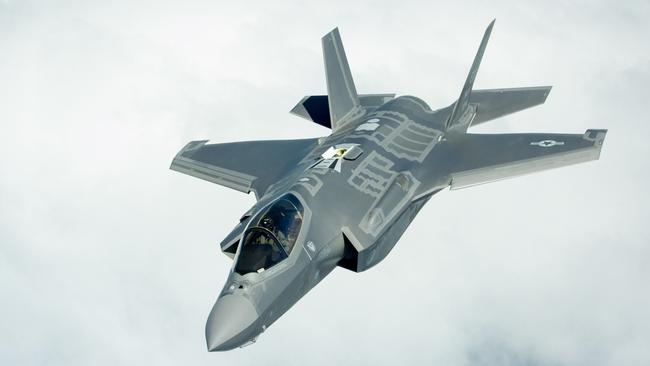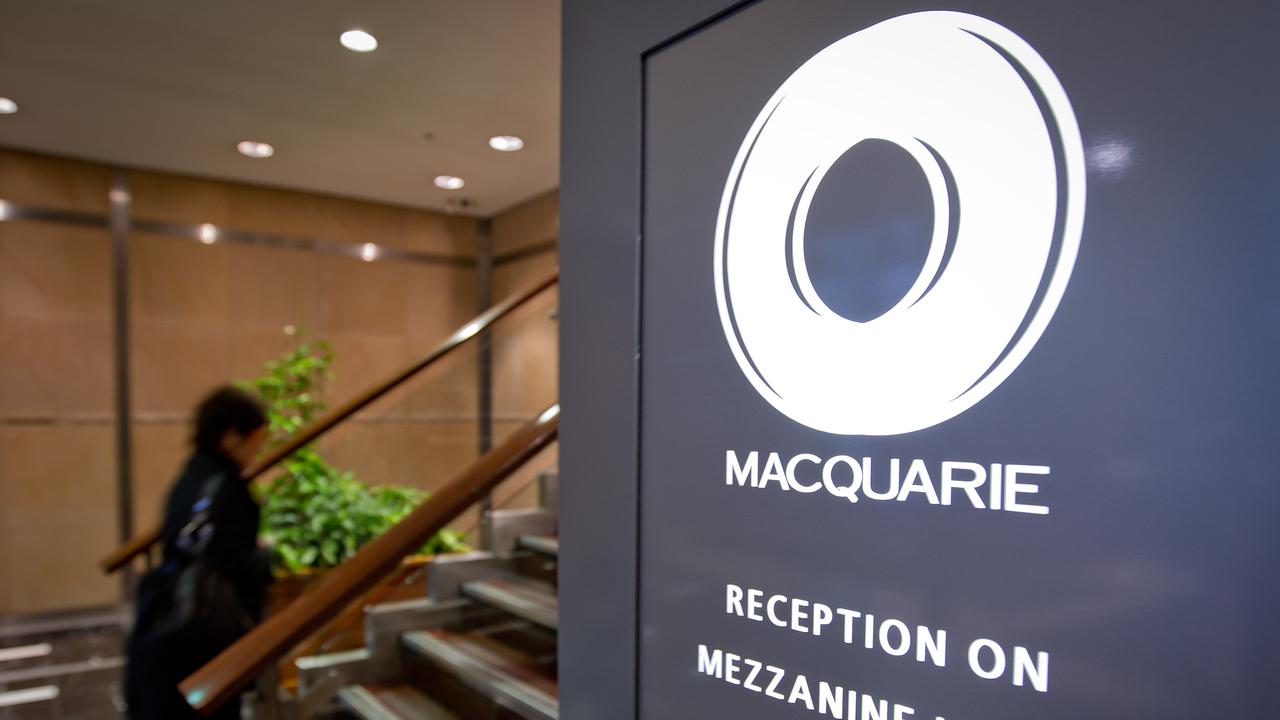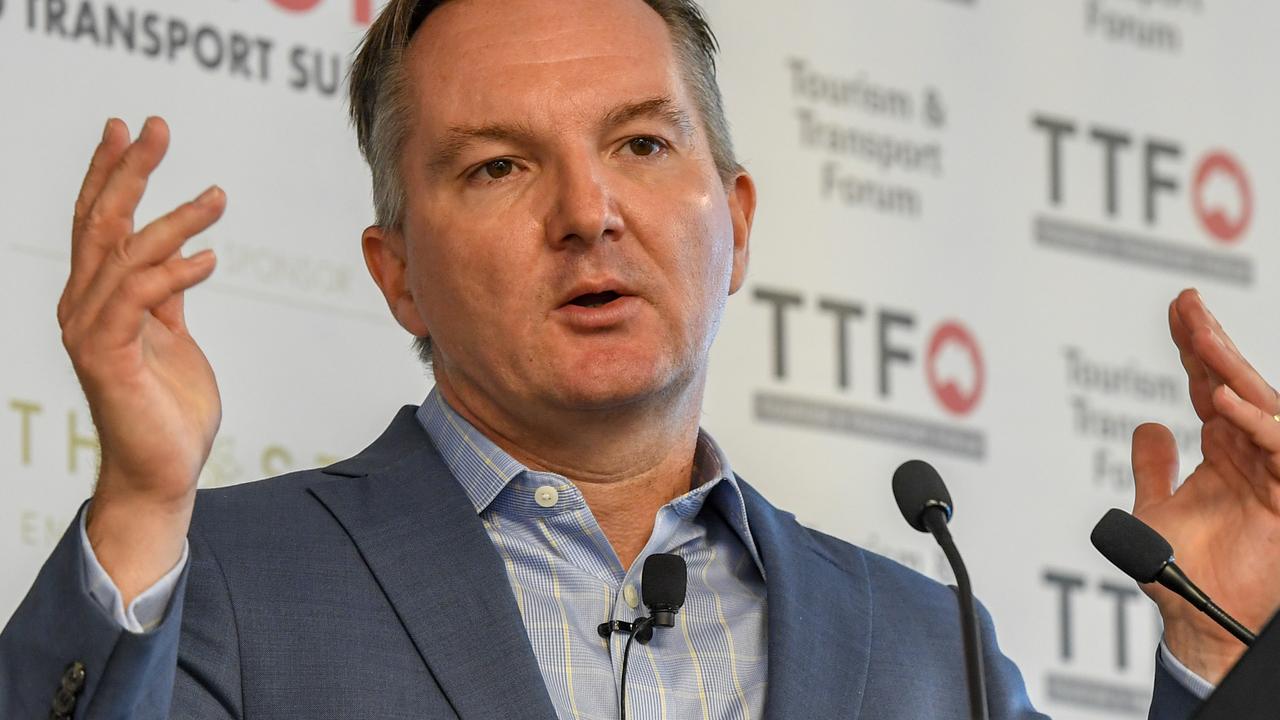How we can solve the F-35 JSF disaster
Even the most dimwitted of our politicians knows we have a big problem with the F-35 Joint Strike Fighter. But it can be solved.

However, the British Joint Strike Fighter crisis is actually worse than Australia.
Nevertheless, like Australia the British Parliament has been grossly misled about the costs involved.
The British politicians have been told that each Joint Strike Fighter will cost between £77 million and £100 million. Thanks to research work by Deborah Haynes, the defence editor of The Times, the British learned that the cost of the aircraft was actually more than £150 million.
Naturally, all the usual suspects said the journalist was wrong. But the British National Audit Office has had a good look at the real JSF costs. They estimate that by March 2021, the UK will have outlaid £5.8 billion on 21 JSF aircraft — a total of £276 million per aircraft.
But then there are extras which take the total cost to £7 billion for the 21 JSF or a total cost per aircraft of £333 million — that’s more than $US400 million and about twice The Times’ estimate, which did not include all the ancillary requirements.
And of course the British National Audit Office calculations made complete rubbish of the official statements to the British Parliament. Like the British parliament, the Australian parliament has also been misled with ridiculously low estimates that don’t cover the total costs.
Even if you take out the necessary add ons, the UK audit office estimate of $US300 million per aircraft is more than three times what the Australian parliament thinks it is paying. Indeed, Defence Industry Minister Christopher Pyne said last month the per plane price had dropped to below $US100 million. While it’s true that the British version of the JSF is more costly than the Australian version, the difference is relatively minor.
Deborah Haynes listed a series of things that were wrong with the JSF as applied to Britain and that was reported in The Australian on July 20.
But for the poor British, the JSF morass is even worse than The Times outlined. The British are buying the F-35B or the aircraft carrier version called ‘the STOVL’ (short takeoff and vertical landing). But it now looks as though the STOVL version of the JSF has a flying distance range that is substantially below what is required to be a serious aircraft carrier weapon. So not only are the British going to pay an enormous price for the JSF, but they have also outlaid a huge amount for an aircraft carrier that can only be used for the JSF. It is a double blow.
To top it off, the British have been studying the video of the JSF at the Paris Air Show. Because the aircraft was flying at very high levels, those on the ground couldn’t really follow what was going on. But the videos showed that the JSF was really struggling despite some excellent flying by its test pilot. And just to rub the salt deep into the British wounds Moscow has had its own air show and showed off its new Sukhoi Su-35 aircraft which performed with unbelievable brilliance. There was no comparison. And, of course we all know, the Indonesians are going to buy the Russian Sukhoi Su-35 aircraft.
Here in Australia, like the British, politicians of both sides of politics have peddled the false cost estimates in parliament, despite being warned time and time again that they were being misled.
The independent Australian defence analytical group that has done most of the detailed work on the JSF is Airpower Australia. As I have readily admitted, I am no expert on jet fighter aircraft. So I rely on Airpower Australia, which has been unerringly accurate in this area over the past decade. They simply have done the sums that were not done in the defence department. And their solution is that the only way out of this mess is to bring together the JSF and the brilliant aircraft the F-22, which the US has stopped producing.
The JSF has some magnificent software. And if the two programs were brought together we could have an aircraft able to match the Russians and Chinese.
If Britain and Australia came together there is a good chance that they could convince the Americans to go down this track. Because like the major Australian and US banks, the JSF program is now too big to fail. No matter what its deficiencies and costs, everyone is locked in to this total disaster. But the merger with the F-22 gives us a chance not to abandon the JSF program but to enhance it. And readers will know over the past decade I have always hoped that both Airpower Australia and I were wrong about the JSF. The British audit costs and the Paris and Moscow Air Shows have proved Airpower Australia right.






The horror of the Joint Strike Fighter (F-35) disaster looks like it is going to be uncovered in the UK rather than Australia. But, as the facts become known in Britain, even the most dimwitted of Australian politicians will understand that we have a deep problem.